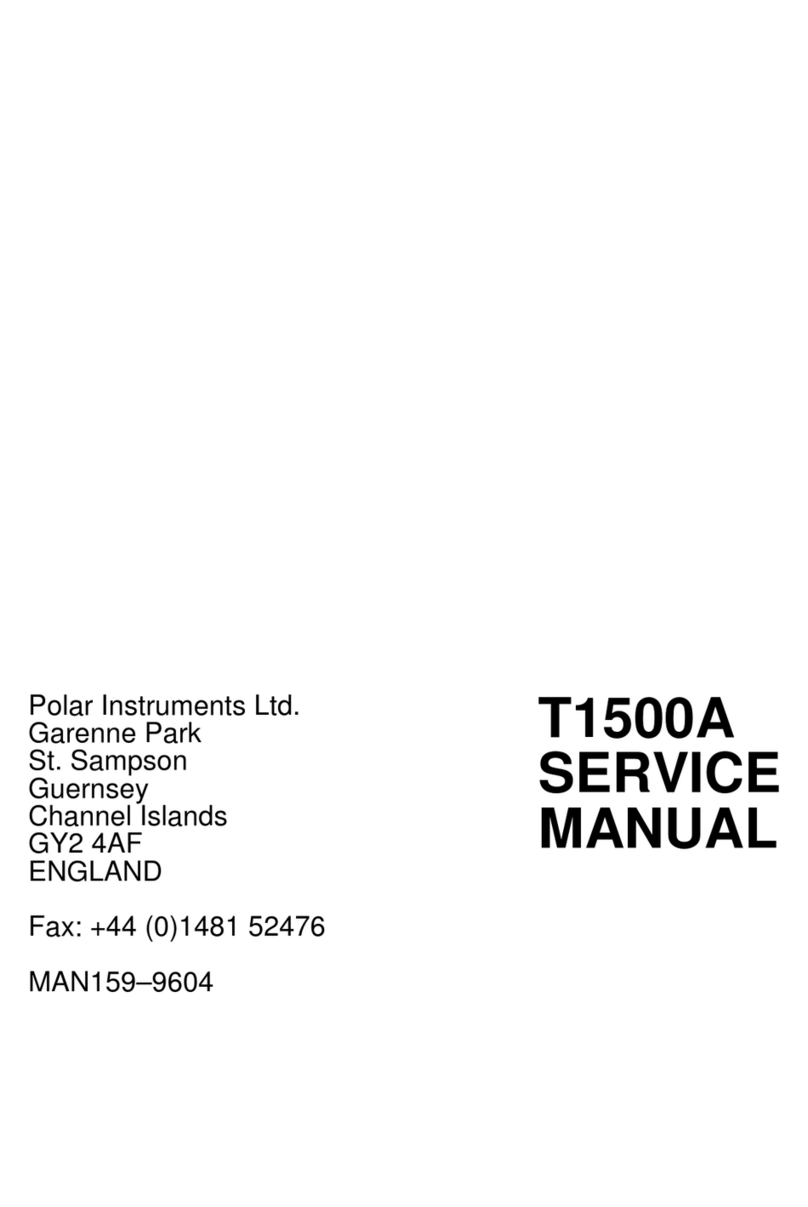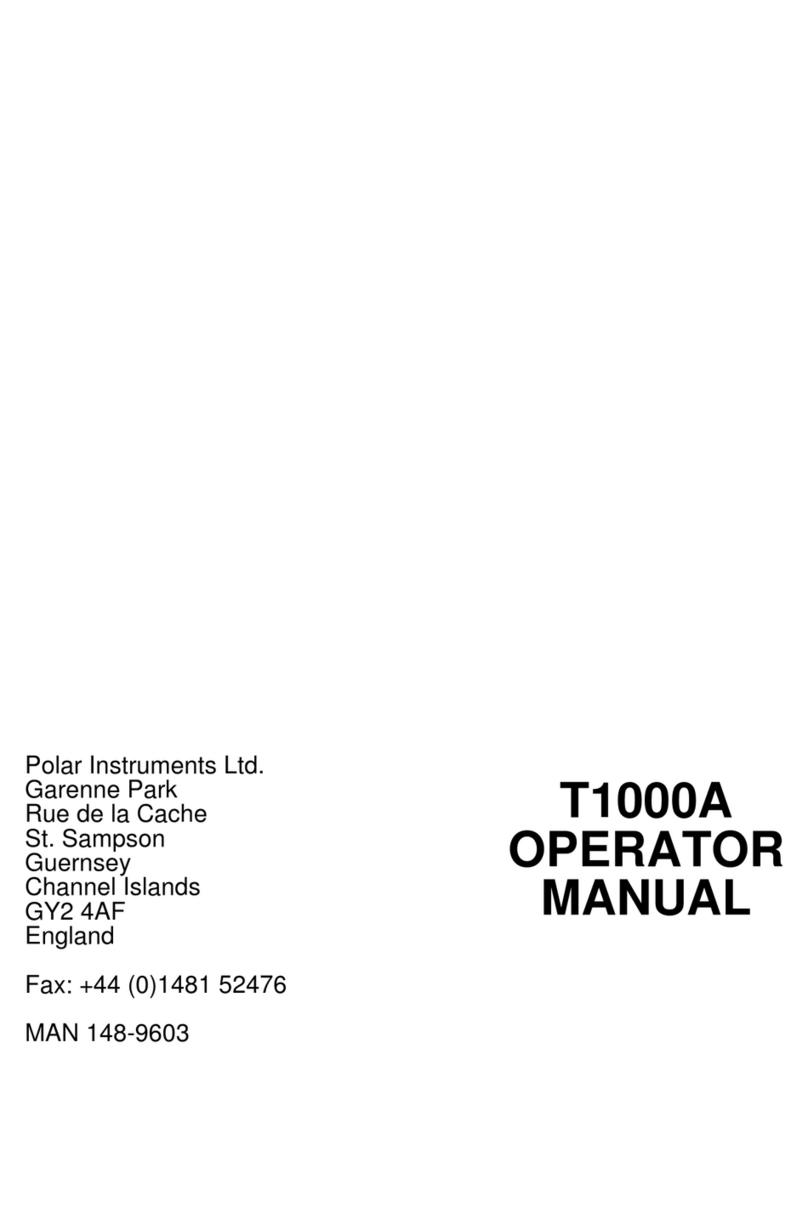
CONTENTS
vii
CONTENTS
DECLARATIONS..............................................................................................................i
ELECTROMAGNETIC COMPATIBILITY ......................................................................i
European Community Directive Conformance Statement..........................................i
SAFETY...........................................................................................................................ii
WARNING....................................................................................................................ii
GROUNDING ...............................................................................................................ii
POWER SUPPLY.........................................................................................................ii
OPERATION ...............................................................................................................iii
CAUTION ....................................................................................................................iii
Electrical Isolation.....................................................................................................iii
Static Sensitive Devices...........................................................................................iii
SPECIFICATIONS..........................................................................................................iv
ENVIRONMENTAL OPERATING CONDITIONS.........................................................v
Power Requirements.................................................................................................v
Physical characteristics (excluding accessories).......................................................v
Fuses.........................................................................................................................v
SYMBOLS ....................................................................................................................v
ACCESSORIES...........................................................................................................vi
Standard Accessories...............................................................................................vi
SECTION 1 – PERFORMANCE CHECK .................................................................... 1-1
MAINTENANCE AND CALIBRATION OF INSTRUMENTS ..................................... 1-1
Recommendations for Routine Maintenance ........................................................ 1-1
PERFORMANCE CHECK ........................................................................................ 1-1
Equipment required............................................................................................... 1-1
Procedure.............................................................................................................. 1-1
SECTION 2 – CIRCUIT DESCRIPTION...................................................................... 2-1
T1000A CIRCUIT DESCRIPTION............................................................................ 2-1
Sine Generator...................................................................................................... 2-1
SINE Amplifier and Power Supply......................................................................... 2-2
SINE amplifier................................................................................................. 2-2
Power Supply.................................................................................................. 2-2
Switching............................................................................................................... 2-2
Amplifier ................................................................................................................ 2-2
SECTION 3 – DISMANTLING INSTRUCTIONS ......................................................... 3-1
DISMANTLING THE T1000A ................................................................................... 3-1
Removing the cover............................................................................................... 3-1
Removing the circuit boards.................................................................................. 3-1






























